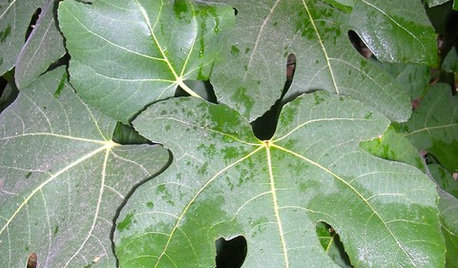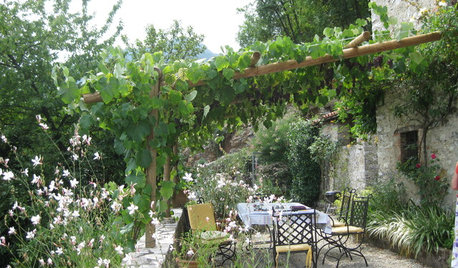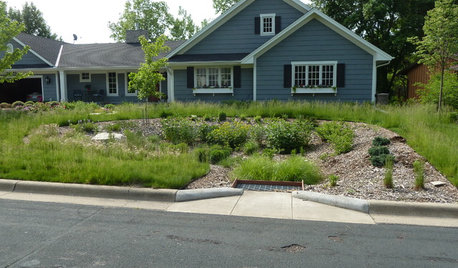Ficus Carica 'icecrystal'
flaxos
16 years ago
Related Stories

GARDENING GUIDESGreat Design Plant: Common Fig
A full form and delicious fruits make this Middle Eastern tree a favorite in gardens around the world
Full Story
FALL GARDENING5 Fall Fruits You Can Grow in Containers
Brighten your porch or patio with a potted pomegranate, kumquat, blueberry bush or another great fall fruit
Full Story
FARM YOUR YARDIf You Have Room for Only One Fruit Tree ...
Juice up a small garden with one of these easier-care or worth-the-effort fruit trees for a mild climate
Full Story
LANDSCAPE DESIGNRecipe for Mediterranean Edible Garden Style
The only thing better than a delicious meal outdoors is the satisfaction of growing some of the key ingredients yourself
Full Story
LANDSCAPE DESIGNHow to Design Your Landscape to Spread Water
Water that’s distributed widely will more readily soak into the ground
Full StoryMore Discussions






gorgi
svanessa
Related Professionals
Ashland Landscape Architects & Landscape Designers · Elwood Landscape Architects & Landscape Designers · Pottstown Landscape Contractors · Davidson Landscape Contractors · Kaysville Landscape Contractors · Pahrump Landscape Contractors · Palatine Landscape Contractors · Royal Oak Landscape Contractors · Hershey Decks, Patios & Outdoor Enclosures · Portland Decks, Patios & Outdoor Enclosures · Rocklin Decks, Patios & Outdoor Enclosures · Atascadero Fence Contractors · Golden Fence Contractors · Slidell Fence Contractors · Wilmette Fence ContractorsflaxosOriginal Author
gorgi
loslunasfarms
flaxosOriginal Author
loslunasfarms
gorgi
elder
palmfan
gorgi
gorgi